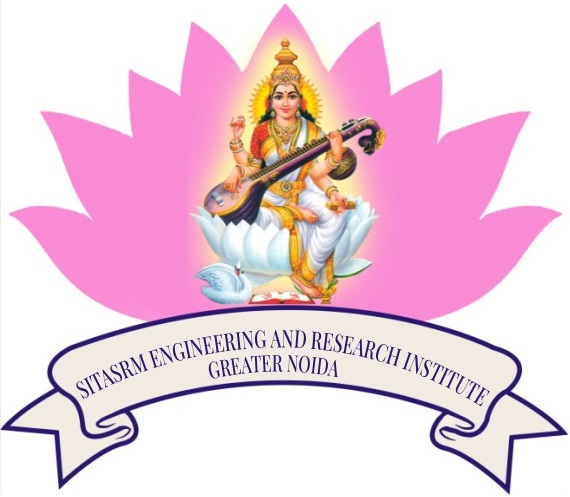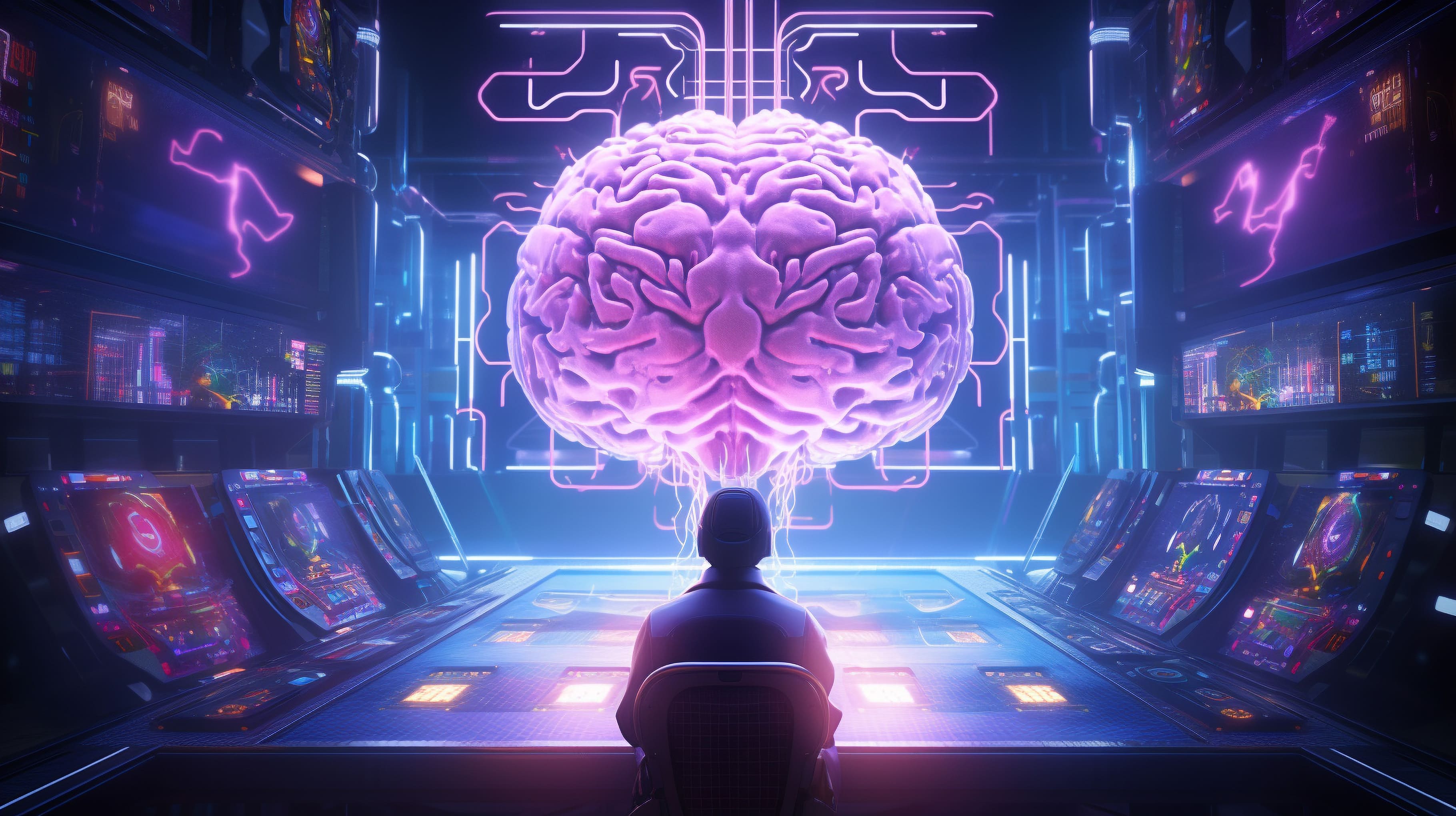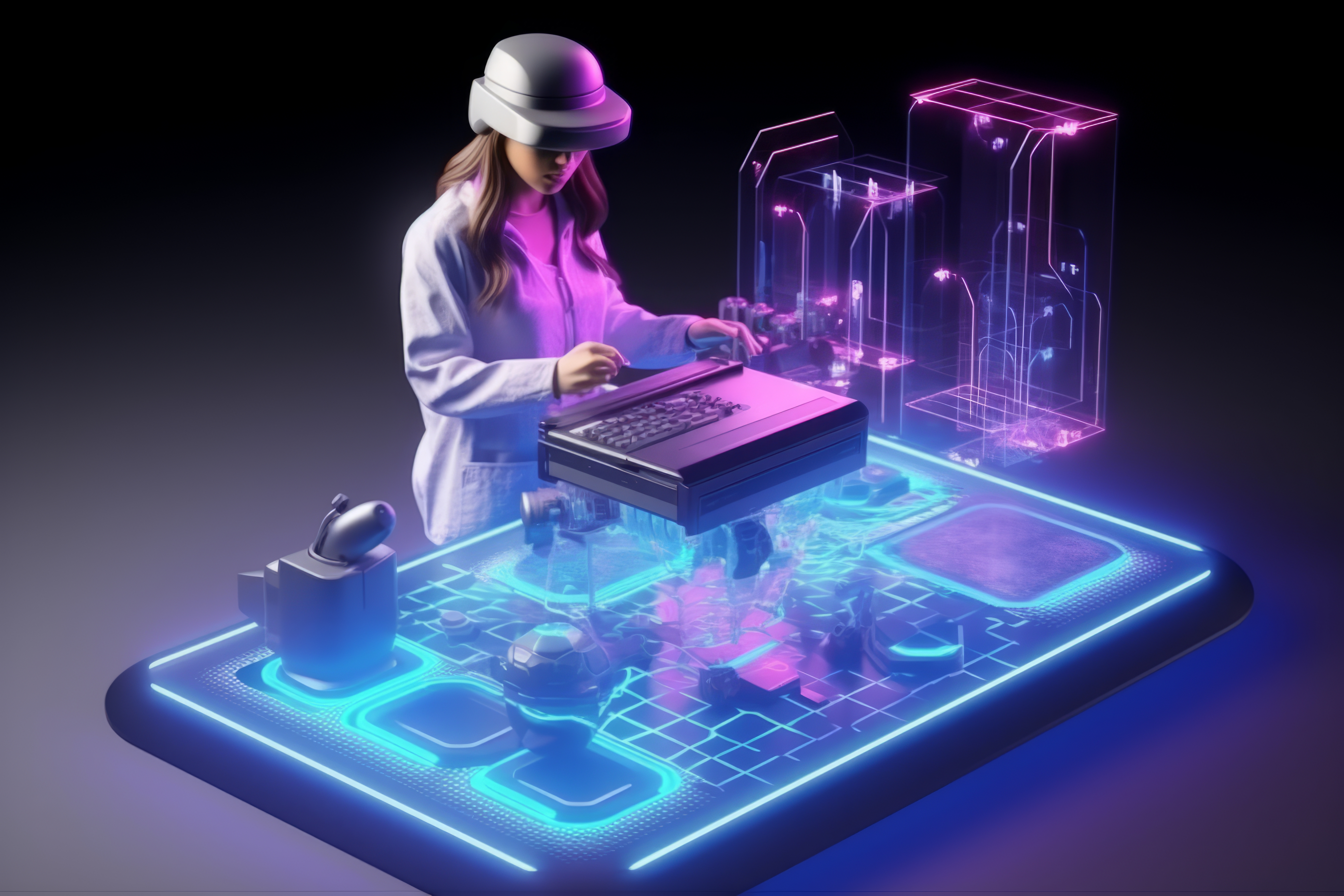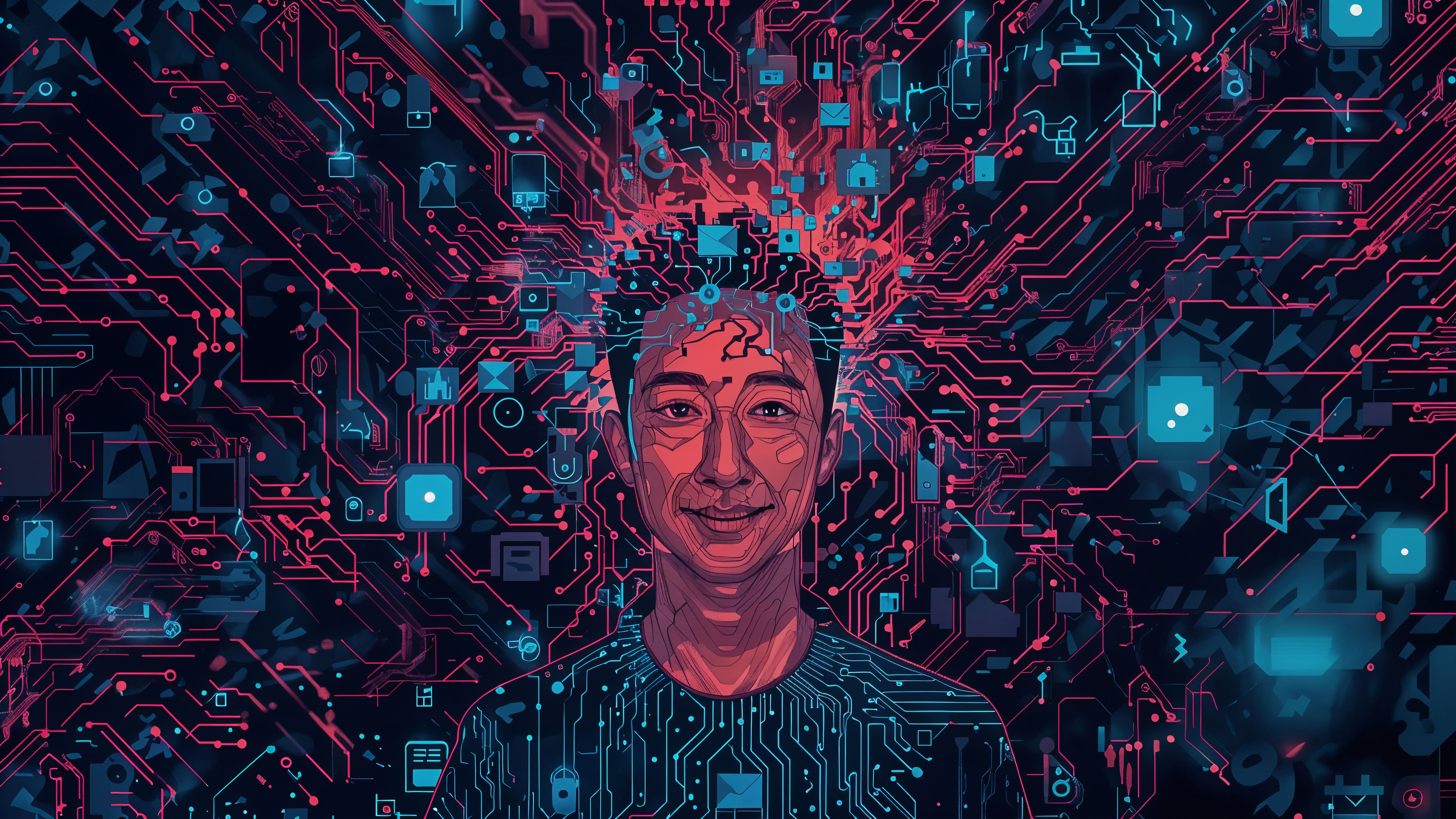 SITASRM ENGINEERING & RESEARCH INSTITUTE
SITASRM ENGINEERING & RESEARCH INSTITUTE
 SITASRM ENGINEERING
SITASRM ENGINEERING & RESEARCH INSTITUTE

SITASRM ENGINEERING & RESEARCH INSTITUTE
Menu
Understanding Ethical Dilemmas in Design and Engineering Practice
Introduction
On January 28, 1986, the Space Shuttle Challenger tragically exploded only 73 seconds after launch, killing all seven crew members. While engineers were concerned about faulty O-rings and raised their worries before the shuttle's launch, their warnings were ignored for both management reasons and time concerns. This tragedy addresses ethical dilemmas that illustrate the tension between engineering practices and technical decisions in relation to the deployment of life and death in human contexts.
Ample of design and engineering practice takes place through the design and development of technologies, as well as the operations and systems that create an impact on society. As advantageous as these practices are to society, they often bring ethical challenges that require engineers and professionals to balance these with responsible consequences.
Ethical dilemmas often arise when there is no clear right or wrong answer. Instead, there are competing interests and consequences tied to the decision. As technology advances and society becomes increasingly complex, the need to address ethical implications in design and engineering grows more pressing. This blog will explore common ethical dilemmas. It will also provide advice on resolving these dilemmas responsibly.
Foundational Principles of Ethics in Design and Engineering
To arrive at ethical decisions, professionals must pay attention to core ethical principles that inform design and engineering practices. Let’s read further:
- Safety and Welfare: The foremost priority is to always protect public safety and welfare.
- Honesty and Transparency: Engineers should provide accurate and transparent information about their work.
- Protection of the Environment and Sustainability: Designs should seek to reduce harm and engender sustainability in the environment.
- Fairness and Justice: Engineering solutions should be equitable and eliminate discrimination.
- Professional Responsibility: Following a recognized code of ethics, for example the codes of ethics from the NSPE and ACM, establishes accountability.
These principles act as a moral compass that aids engineers to determine ethical pathways in difficult situations.

Major Ethical Dilemmas Facing Design and Engineering Practice
-
Algorithms and AI Bias
Artificial Intelligence (AI) is being integrated into everyday life to an increasing degree, but biased algorithms can make societal inequities create or perpetuate inequality.
For example, facial recognition technology has demonstrated racial bias that resulted in misidentification while being used by law enforcement. Similarly, an automated process for loan approvals may discriminate against some demographics as a result of biased training data.
From an ethical standpoint, engineers must ensure that AI systems are fair and inclusive. This requires using diverse data, performing bias audits, and creating unbiased decision-making processes to eliminate discrimination of AI applications.
-
Environmental Impact and Sustainability
Innovations in design and engineering do not always align with ecological needs. Industries are dependent on finite resources and as a result generate pollution and climate change. Climate change, for example, the construction industry is estimated to produce almost 40% of global carbon emissions.
Sustainable design and engineering practice strives to have a low ecological impact, through the use of sustainable materials, renewable energy and effective waste management. Engineers have an ethical responsibility to incorporate sustainability into their designs and ensure advancement in technology does not come at the expense of the health of the planet.
-
Data Privacy and Security
The onset of technology has introduced ethical considerations to collecting and securing data. Organizations collect and manage large quantities of personal information through the use of IoT devices, medical information and online programs. When improperly secured, data can be used maliciously, hacked or end up in another person's hands.
In a professional manner, engineers are required to ethically safeguard data privacy, through the use of encryption, seeking user consent, and designing systems that effectively protects data. A responsible design and engineering practice ensures ethical respect for the data privacy of users, and safeguards data from exploitation.
Ethical Decision-Making Framework
To better navigate ethical dilemmas, having a framework in place to make decisions will help provide a systematic process:
-
Identify Stakeholders: Who is impacted by the decision?
-
Gather Information: What do we know about the relevant facts and constraints?
-
Explore Options: What are the alternatives?
-
Take Stock: What is the potential impact of each option?
-
Ask for Help: What do our ethical codes say? Have you discussed ethics with colleagues? Do you know any experts?
-
Remember the Record: Records assure accountability and transparency.
Professionals learn from ongoing ethical conversations and ethical training, and should build on that knowledge and skill to develop a decision-making framework in their design/engineering practice.
The Role of Education and Culture
Integrating ethics into the education of design and engineers is a key part of the process. Programs developed by organizations like SERI are useful and emphasize ethical responsibility and capabilities through ethical capacity building that prepares students for the real world.
Having a culture that embraces ethical attitudes and practices is also important in one's organization. Providing spaces for open communication about ethical responsibilities, whistleblower protection, and ethics-based accountability will also go a long way toward enhancing engineers' ethical behavior and responsibility in decision-making.
Ethical practice and thinking remain a central part of an engineer's practice and should be made to be the norm, so engineers do not succumb to the pressure of the position and forget about their moral agency in their daily work.
Conclusion
The design and engineering practice is full of ethical dilemmas. Only to name a few, AI bias, environmental sustainability, or data privacy are all ethical decisions engineers must make every day in accordance with ethical codes.
Professionals have the responsibility of ethical stewardship, of using their practice in the service of humanity to the benefit of society and to minimize potential harm. With discussion and persistent learning, organizations like SERI can prepare students to navigate ethical dilemmas in the engineering and design profession.
As the profession continues to adapt to technology, ethical engineering will lead humanity to a more equitable, sustainable, and responsible future. Every individual engineer plays a necessary role in building that future, starting now.
Are you ready to practice ethical engineering? Explore SERI’s programming and join the movement!















































